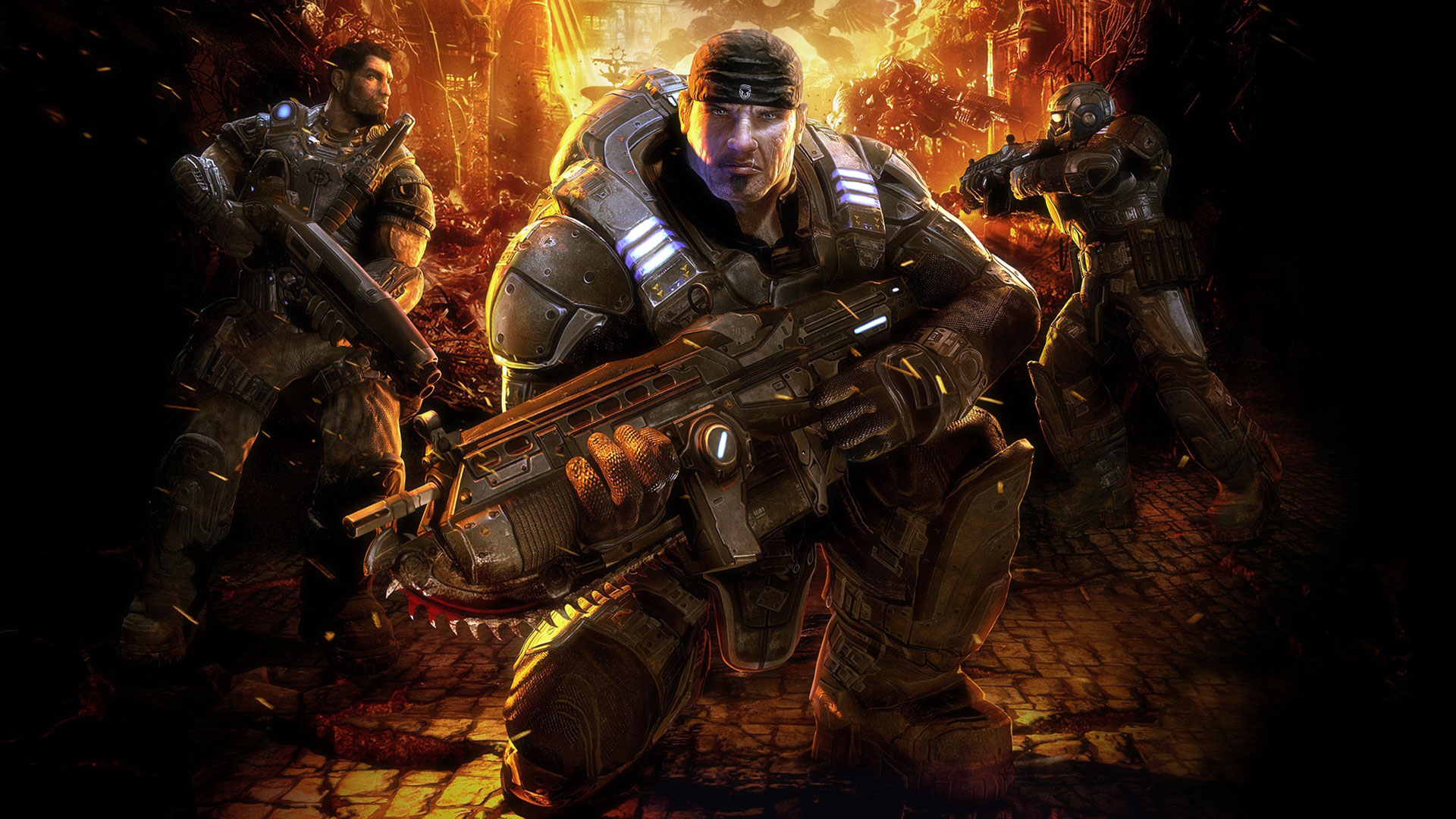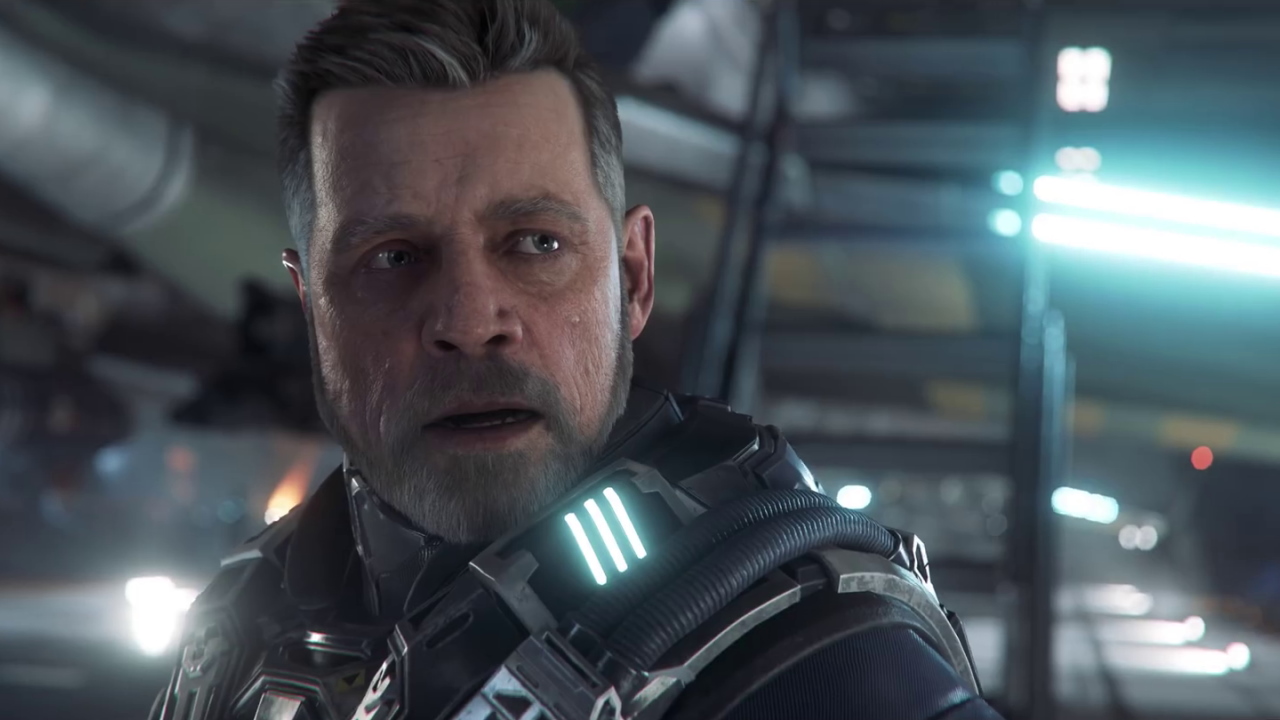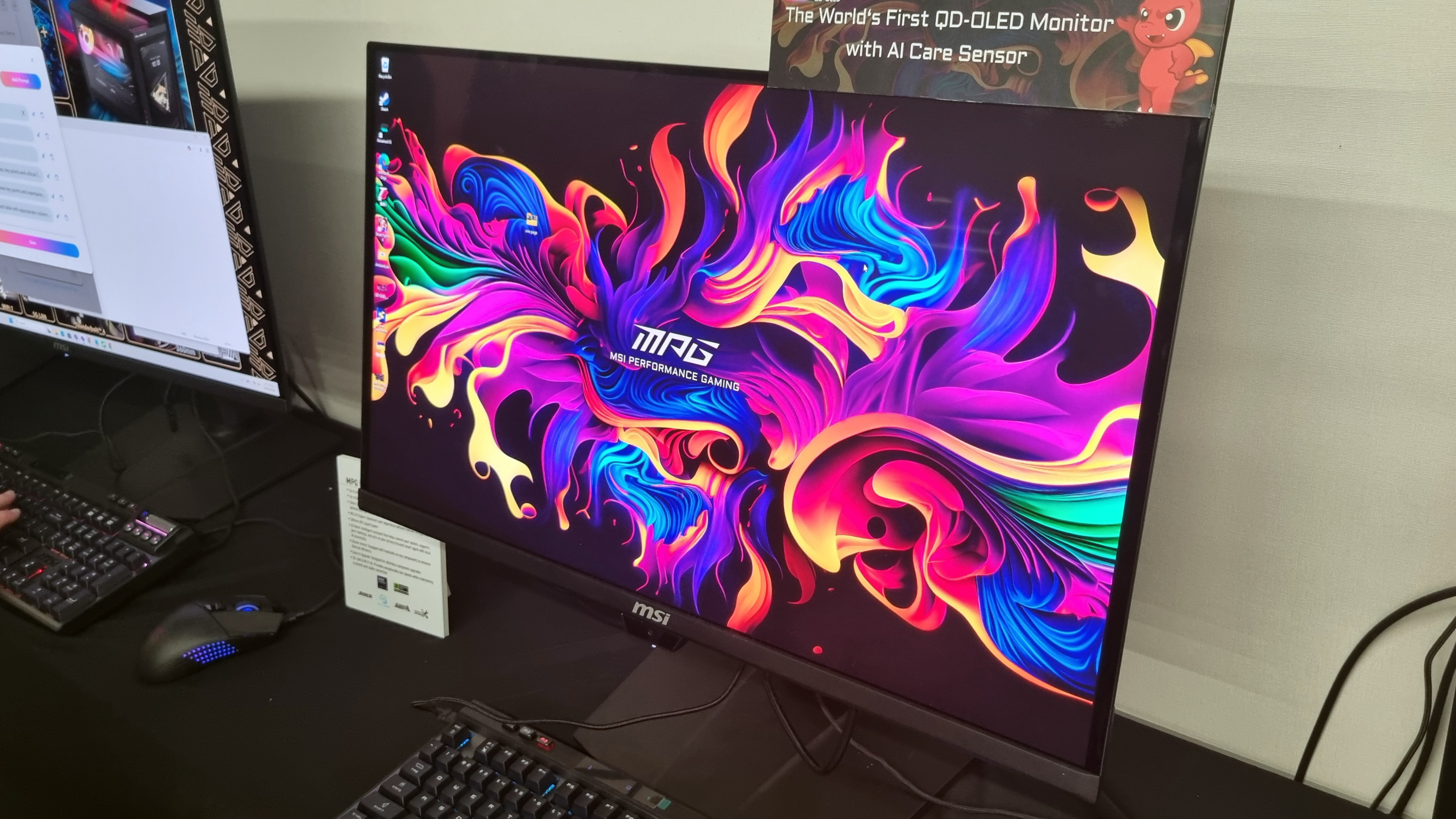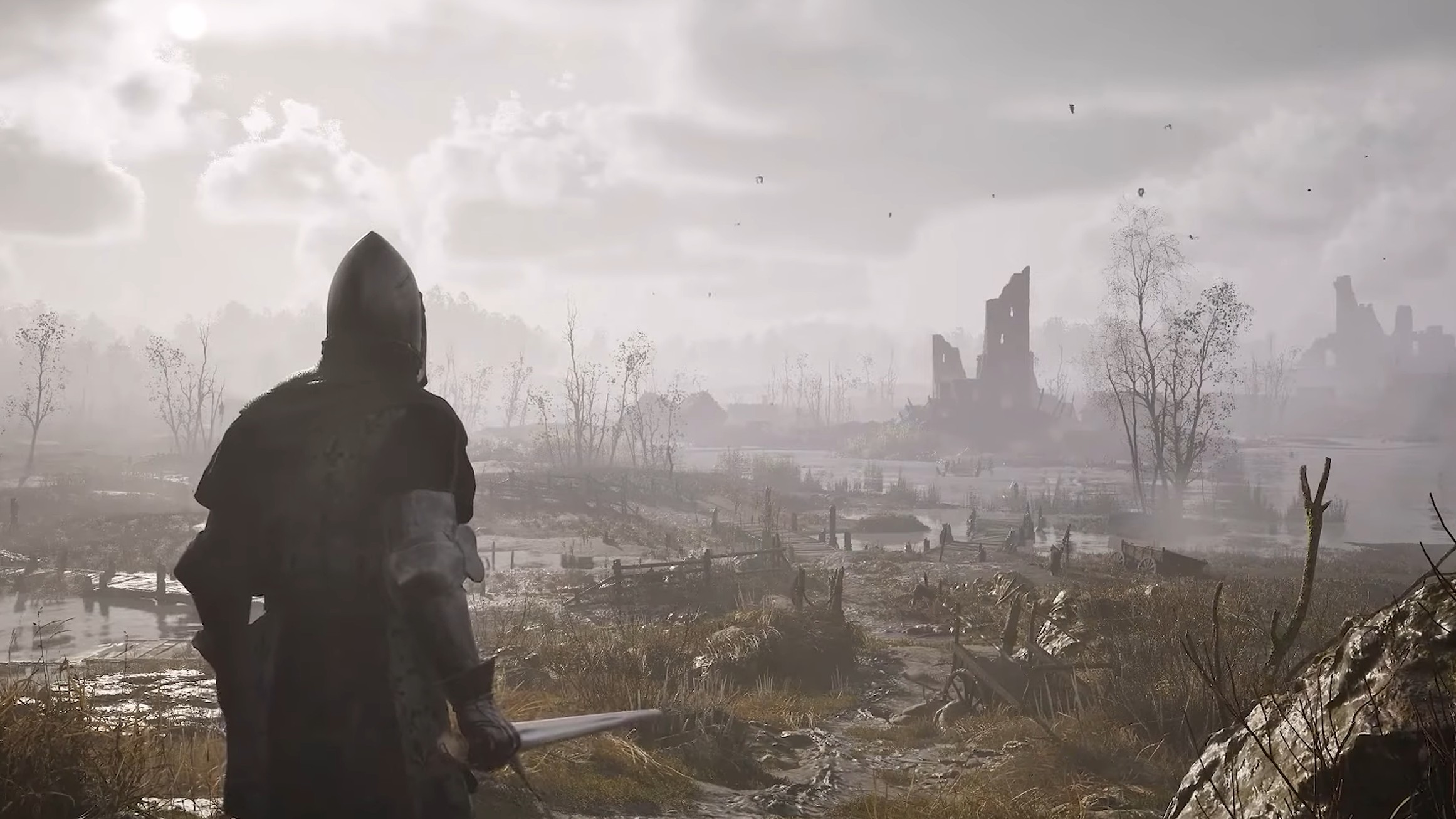
Liberty City, Liberty City: so big they reviewed it twice. This time: multiplayer.
We’re digging into the PC Gamer magazine archives to publish pieces from years gone by. This article was originally published in PC Gamer issue 197, February 2009.
What am I supposed to do? The only response I manage is blinking, laughing loudly and then trying to work out how to activate the firehose. Some bright spark decided that the next game should be a race with trucks. 32 trucks. Of which about 25 or so turn out to be fire engines.
As you may expect, the result is chaos. Glorious chaos. Glorious never-had-anything-like-that-before chaos.
It’s one of those dark secrets of videogaming: if you want to play a GTA game and you’re willing to wait a few months, the PC version is always the best way to go. Always. Back in the day of GTA 3, the PC’s generally more potent hardware led to a game that dealt with the cities better, included custom soundtracks and even worked as a shooter.
And now, as the next-gen consoles start to get long in the tooth, the PC is building towards something else. Two relevant points here. First that there’s a degree of future-proofing in GTA’s hardware settings, with options that will only become practical to turn on when PCs catch up. Secondly, the upping of the multiplayer limit from 16 players on the consoles to a 32 on the PC.
While it’s easy to dwell on increased scale of the multiplayer and how that impacts the experience, it shouldn’t overshadow how the addition of multiplayer to the GTA series is—in and of itself—a major step forward. Previously, to experience such a thing you had to turn to mod projects such as Multi Theft Auto. Now, it’s just in there, and accessible.
The addition of multiple players changes GTA 4’s character. In singleplayer, it leans away from the inspired clownish stupidity that characterised the series up to this point—it’s simply a more serious game. But when you’ve got friends with you… well, that all goes out the window. Other players turn the stupid up to a frankly awesome degree simply by acting like people. And if they won’t act stupid without encouragement, you can twist the rules to make it more likely they’ll go proper mental.
Generally speaking, even with shotguns, it’s better if you shoot before this point.
(Image credit: Rockstar Games)
[One downside to online gaming in 2009 was Games for Windows Live. Here’s what Kieron had to say about that.] Playing GTA 4’s excellent multiplayer means a certain level of upfront faff. You’ll first need to create a Games for Windows Live account, although Xbox 360 owners can use their old Live accounts. The web-forms for creating this are almost incomprehensible, and the site often breaks. Then, that account will need to be linked to a Rockstar Social Club (Rockstar’s own social network) account. Annoyingly, the Rockstar Social Club application runs permanently on your taskbar, even when you’re not playing, and takes up a vast amount of memory for no discernible reason.
While there are a mass of free-for-all, team-based, and co-operative game modes available, each of them is also tweakable with easily selectable options. For example, while playing the objective-control Turf War game, we limit the weapons to rocket-launchers only. This changes things, in a similar way that arming every knife-toting dangerous youth in London with an RPG would. It also brings out the subtleties in the control system: while the rockets are powerful, they’re also slow-moving and require careful aiming. That said, driving a car into a crossfire of half a dozen explosive projectiles and the resulting—here’s that word again—chaos is a less considered and more visceral thrill.
The options are what it’s all about. While you’re able to play multiplayer games across the three islands of Liberty City, in practice you’ll select one of the closed-off areas. These can be as intensely small as one of the peninsulas of the central island. Much depends on the game mode you’ve selected—for example, Mafiya modes have you trying to complete organised-crime contracts to get the most rewards. Even straight deathmatch can be tuned to be more than just counting heads by racing to get the cash: suddenly scavenging from fallen bodies plays as much a part as just offing everyone.
There are also world options such as pedestrians and traffic, which are probably best left off to make larger games playable (the framerate was wincing when those 32 fire trucks lined up on the start-line). Actually, the race modes highlights much of what’s best in competitive GTA 4 multiplayer. Specifically, the GTA race.
Rocket launchers require expert timing to work. Aiming at cars helps.
If only they added the ability to hit people physically when you’re riding alongside them, this would be Road Rash for the late noughties. Essentially it’s a race mode with added violence. While you all start in vehicles of the same class, it’s unlikely you’re going to finish in them. While there’s health to pick up to patch your charge together, it’s more likely you’re going to die and come back on the moped (I finished the aforementioned fire-truck race on one, overtaking a truck on the inside, firing an Uzi into it while it tried—and failed—to sideswipe me. And if that sentence doesn’t make you want to play videogames, I fear for you).
Inevitably, as the lower-placed racers decide they can’t win and turn to fighting among themselves or making road blocks of debris, you turn a race game into a desperate Mad Max survival simulator. Which is hilarious.
GTA 4 as a multiplayer game works well on this axis. Even when it’s at its most standard, in its team-deathmatch modes, you have a fascinating collision between characters who move and fight like extras from Michael Mann’s Heat, and moments that are straight out of a gangster-take on the Keystone Cops: cars full of thugs leaning out of the window of their stolen car and opening up optimistically before crashing off a bridge. Perhaps unsurprisingly, this is what fellow humans add to GTA 4: humanity.






